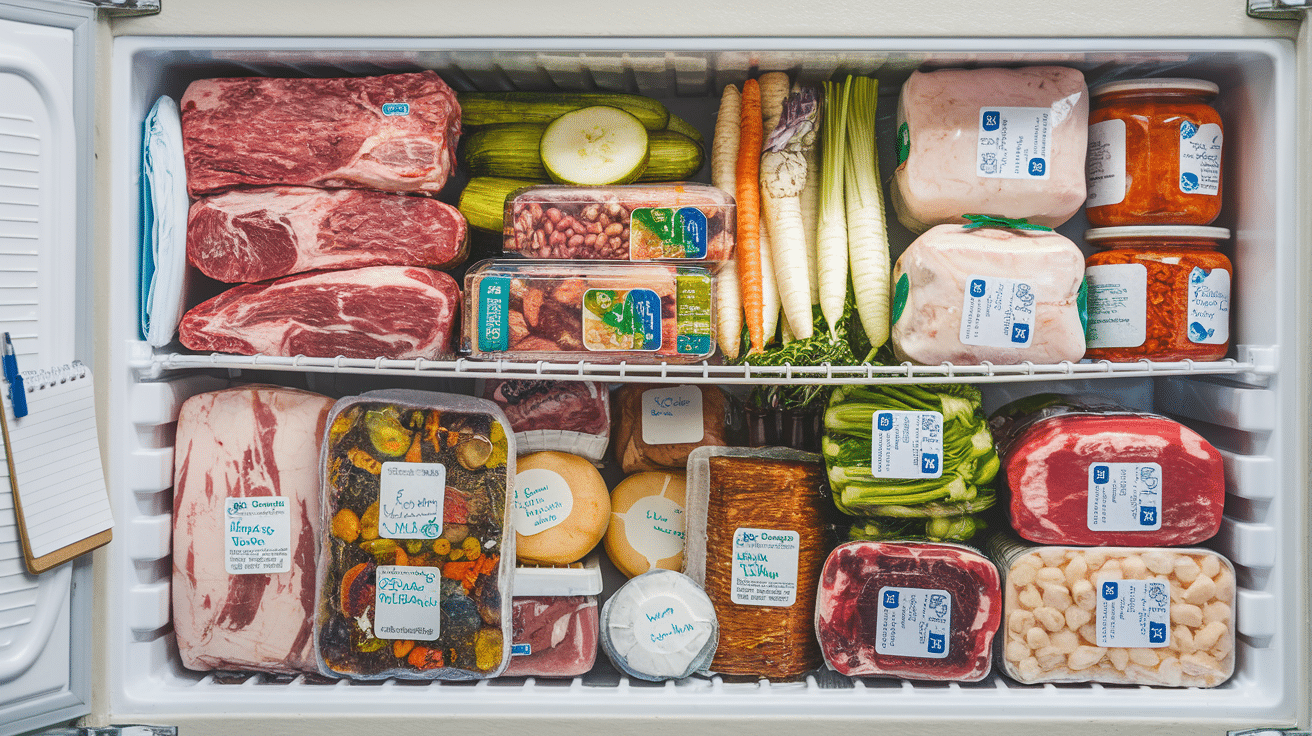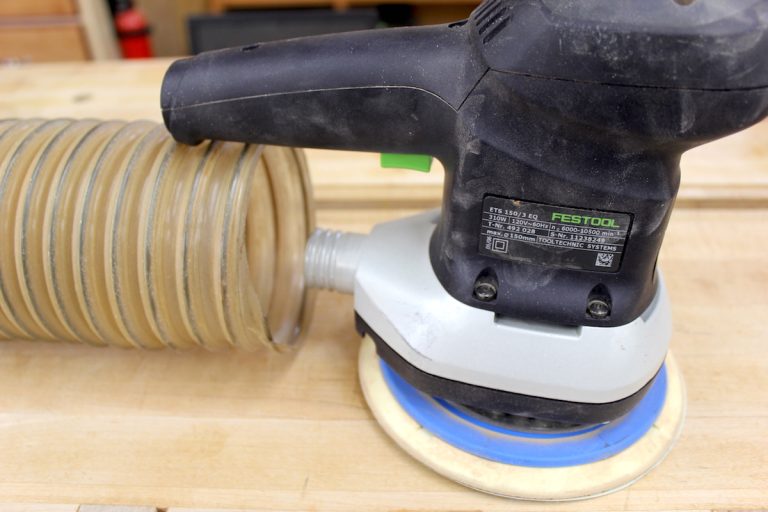Essential Tips for Organizing Your Deep Freezer Like a Pro
Are you tired of digging through frozen mysteries at the bottom of your freezer?
An organized deep freezer saves time, reduces food waste, and maximizes storage space. With some simple strategies, you can transform your freezer from chaotic to streamlined.
The key is creating systems that work for your specific needs. From categorizing similar items together to implementing first-in, first-out rotation, proper organization ensures nothing gets lost in the frozen abyss. Labeling containers, using clear storage bins, and maintaining an inventory can revolutionize your freezer management.
Ready to manage your frozen foods? These practical tips will help you optimize your deep freezer space and keep everything accessible and fresh.
Why Organizing Your Deep Freezer Matters?
An organized deep freezer isn’t just about appearances—it’s about efficiency and reducing food waste. When your freezer is well-organized, you can easily locate items, which saves energy by reducing the time the door stays open.
A properly arranged freezer prevents forgotten food from getting buried at the bottom, reducing spoilage and saving money.
According to our expert demonstration, an organized freezer makes meal preparation significantly easier. When ingredients are easy to find and properly stored, cooking becomes more enjoyable and less time-consuming. Plus, you’ll always know exactly what you have on hand.
6 Simple Steps to Organize Your Deep Freezer
1. Declutter Before You Begin
Start by removing everything from your freezer. Check each item and discard anything with freezer burn or past its prime. This will create space for fresh foods and help you see what you actually have.
Check local rules for proper disposal of frozen food items. Some might be suitable for compost while others need regular trash disposal. Being mindful about disposal helps reduce waste while clearing space.
Clean your empty freezer thoroughly. Wipe all surfaces, remove ice buildup, and check that everything works properly. A clean freezer runs more efficiently and gives you a fresh start for your new organization system.
2. Invest in Storage Bins and Baskets
Clear containers let you see what’s inside without opening them. This visibility helps with meal planning and prevents buying duplicates of items you already have.
Choose stackable bins designed for freezer use. These make the most of your space by building upward. Create separate zones for different food types – meats in one bin, vegetables in another – for a system that’s easy to maintain.
Simple solutions work well too. These affordable dividers prevent items from getting lost at the bottom and make finding what you need much easier.
3. Label Everything Clearly
Mark each package with its contents and freeze date. This simple step prevents confusion and reduces waste from unidentified packages that might otherwise be thrown away.
Try color-coding for better organization. Use different colored markers for various food types – blue for seafood, red for meats, green for vegetables. This visual system makes finding items faster and helps maintain order.
Use freezer-safe markers or labels that won’t fade in cold temperatures. As noted in the video, “You can always label them with name tags.” Clear labels save time and prevent the frustration of opening packages to identify contents.
4. Use a First-In-First-Out (FIFO) System
Place newer items behind or beneath older ones to ensure older foods get used first. This rotation prevents items from staying too long in the freezer and losing quality.
When adding new purchases, take a moment to move existing items forward. Though it requires a little extra effort at first, this habit becomes automatic and results in less waste.
Check dates monthly and bring forward any items nearing their recommended storage time. This practice ensures you use everything at peak quality rather than discovering forgotten foods months later.
5. Maximize Vertical Space
Stack similar items together in neat piles. Flat packaging, with flattened storage bags, creates stable stacks and saves space. Group like with like for easier retrieval.
Place taller items at the back and shorter ones toward the front. This arrangement ensures nothing gets hidden and forgotten. Every inch of space is used while keeping all items visible.
Use dividers to maintain separate sections. These simple tools prevent stacks from toppling and keep categories distinct. A well-divided freezer stays organized even as you add and remove items regularly.
6. Group Similar Items Together
Assign specific areas for different food types. Keep meats in one section, vegetables in another, and ready meals in a third. This logical system makes finding items quick and simple.
Put frequently used items in easy-to-reach spots. Items you use several times weekly should be most accessible, while occasional items can go in less convenient spaces. This practical approach makes everyday cooking more efficient.
Be consistent with your placement. As the video demonstrates: “On the right hand side these are the goat bags, on the left hand side is chicken.” When items always live in the same spot, finding them becomes automatic, saving time and reducing frustration.
For a visual tutorial, refer to this video by Khadeeja’s Canadian Diary
Pro Tips for Maintaining an Organized Freezer
1. Regular Maintenance: Keep your freezer organized with a simple monthly inventory check and quarterly deep clean. Set calendar reminders to stay consistent.
2. Create an Inventory System: Track what you have with a simple list (digital or physical), noting item names, quantities, and freezing dates. Follow a first-in-first-out system.
3. Handling Bulk Purchases: For meats, portion into meal-sized quantities and remove as much air as possible before freezing. For vegetables, blanch when needed and freeze in usable portions.
4. Food Preparation: Package foods in uniform, flat containers or bags for efficient stacking. Label everything clearly with contents and date. Let hot foods cool before freezing.
5. Take Action: Set aside time this weekend to organize your freezer. Gather containers and labels, establish your system, and maintain it regularly.
Note: A well-organized freezer saves money by preventing waste and saves time when planning and preparing meals.
Common Freezer Organization Mistakes to Avoid
- Forgetting to label contents and dates, leads to mystery packages and freezer burn
- Overfilling the freezer, which restricts air circulation and reduces efficiency
- Not using airtight containers, causes freezer burn and flavor transfer between foods
- Freezing food in oversized portions that can’t be used in a single meal
- Storing foods in random locations instead of creating dedicated zones for different categories
- Keeping the freezer too warm (above 0°F/-18°C), reducing food quality and safety
- Neglecting to regularly check inventory, resulting in forgotten foods and waste
- Opening the freezer door frequently or leaving it open too long, which causes temperature fluctuations
Conclusion
With some planning and the right techniques, an organized deep freezer is achievable.
The benefits extend beyond simple organization—you’ll save money by reducing waste, save time when preparing meals, and gain peace of mind knowing exactly what you have available.
By implementing these professional organization tips, your deep freezer will become an efficient and valuable part of your food storage system rather than a mysterious frozen abyss.
As our expert concludes, “Everything is sorted… nice and organized.”
Start with one section at a time, and soon, you’ll have a freezer system that perfectly suits your household needs.













